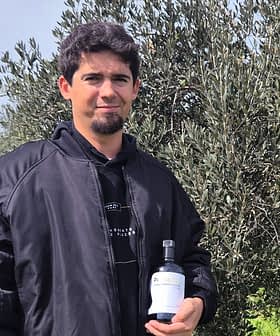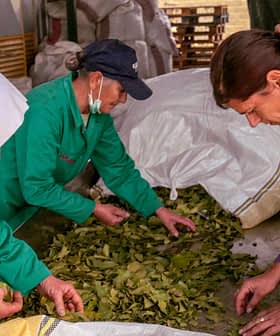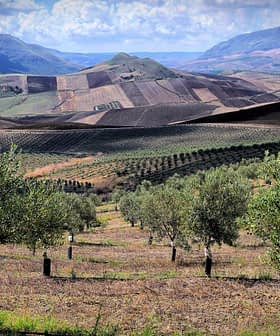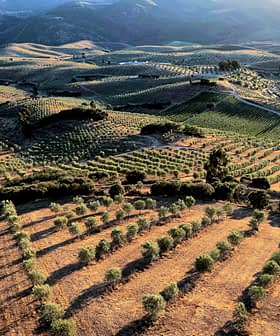Italian Growers Face Disappointing Yields
In northern and central Italy, many producers are seeing below-average oil yields. In the south, yields are normal but there's far less fruit.
Italian olive oil producers are experiencing lower-than-expected yields across the country, with some regions reporting conversion yields significantly below average. Factors such as weather patterns, heavy rainfall, and the olive fruit fly are contributing to the decrease in production volumes. Despite these challenges, producers are still able to maintain high-quality olive oil, although the lower yields may impact prices.
Italian growers across the peninsula are reporting lower-than-expected olive oil production volumes as the harvest season enters full swing.
In some cases, large volumes of olives do not deliver the usual yields, while in others, typical yields come from fewer olives.
Producers in the north of the country lament conversion yields well below average.
Rainfall at the end of October delayed the harvest and kept yields low… This will inevitably impact prices, and it won’t be easy to explain to customers.
“This year, I harvested significantly more olives in our northern groves than in the southern ones,” said Pietro Polizzi, owner of Olio Enotre, which has groves in Veneto in the north and Calabria in the south.
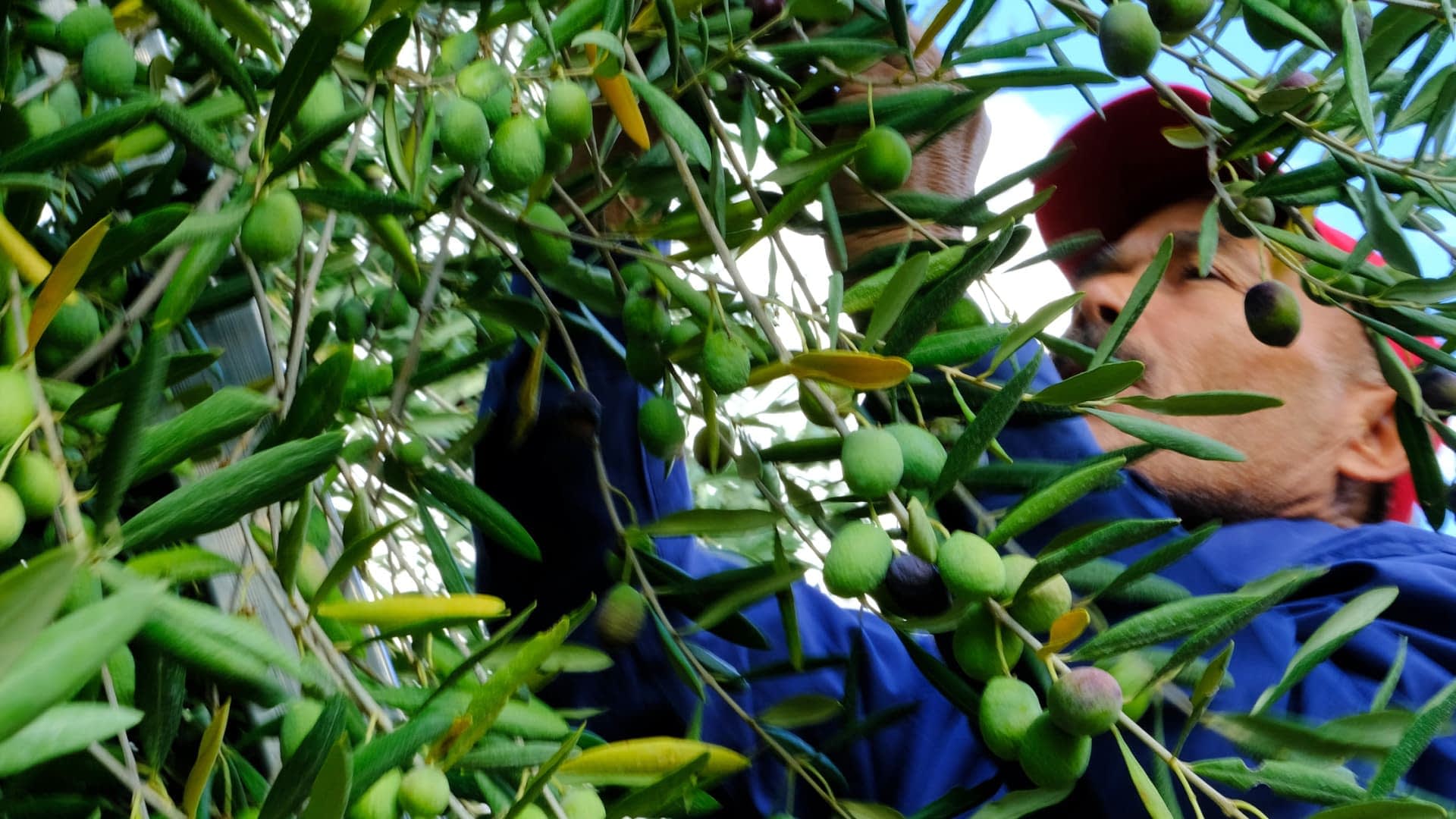
Olive oil production is likely to fall below initial expectation in Italy due to lower oil yields across much of the country. (Photo: Marina Colonna)
“The olives were healthy, with no signs of olive fruit fly,” he added. “However, the problem lies in conversion yields, which were unusually low – around seven to eight percent.”
Conversion yields refer to the amount of olive oil extracted from 100 kilograms of olives. A seven percent yield means seven kilograms of olive oil are obtained from milling 100 kilograms of olives.
See Also:2024 Harvest Updates“These low conversion rates will inevitably affect the final product price. On the bright side, the quality remains very high,” Polizzi said.
Ceil Friedman, the co-owner of Erminio Cordioli in the Verona area of Veneto, also lamented lower-than-expect yields from her harvest.
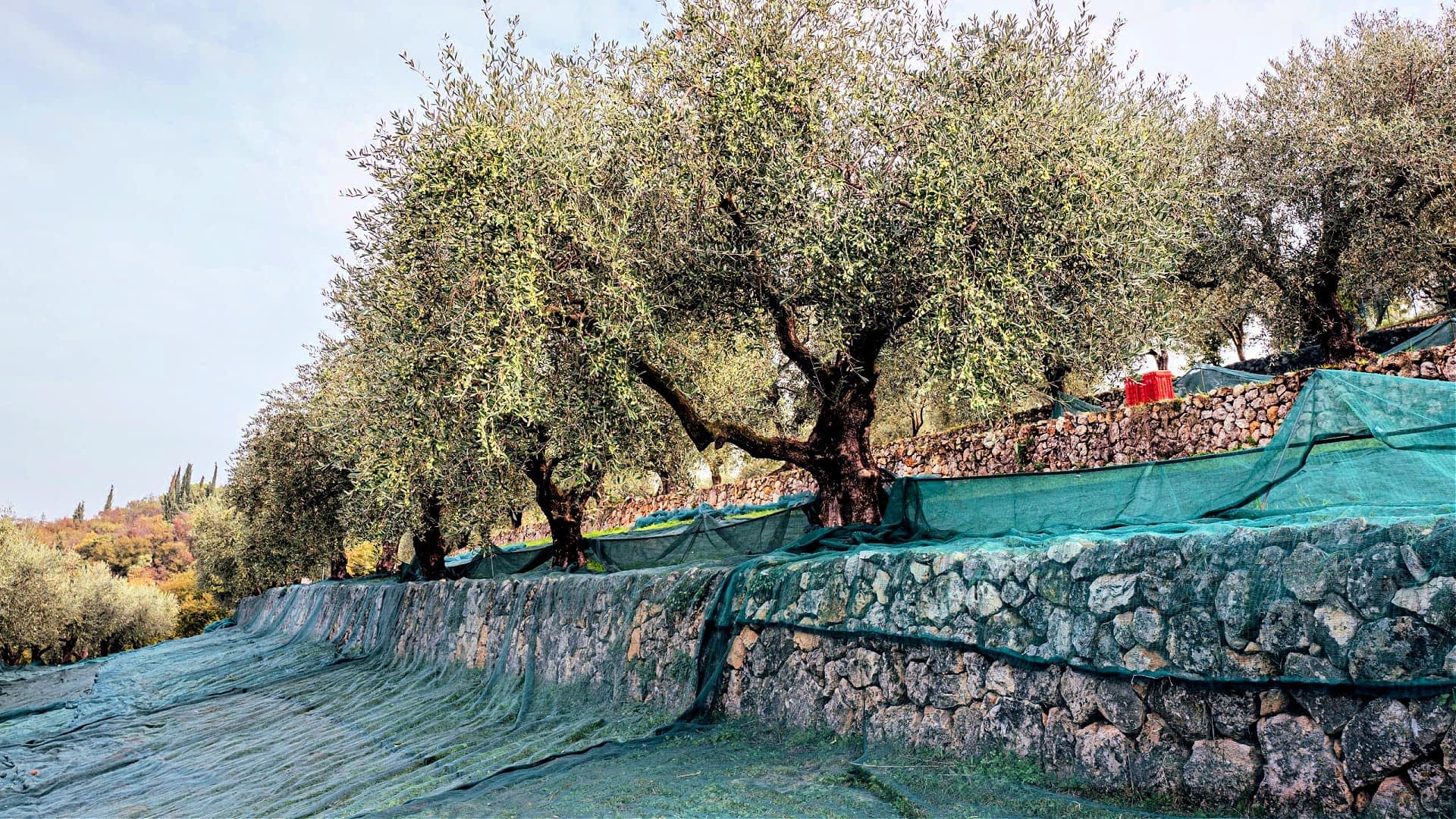
Ceil Friedman said rainfall interupted the harvest, which was also plagued by lower oil yields. (Photo: Erminio Cordioli)
“The olives were beautiful, and we are delighted with the quality of the oil,” she said. “It was tough work, especially with rainfall frequently interrupting the harvest. Yet, we were caught off guard by the lower-than-expected yields.”
“This issue is affecting all the producers in the area, I can assure you,” Friedman added. “Varieties like the local Grignano usually yield about ten percent, but this time, it reached six.”
Furio Battelini, the technical director at Agraria Riva del Garda, whose groves are situated just above Lake Garda, also observed unexpectedly low yields.
“We experienced fairly abundant olive production this year, as the conditions since spring were favorable,” he said. “The olive fruit fly did not recover from the peak summer heat in August so that it couldn’t cause damage.”
“Yet, we’ve seen very low yields at the mill, down to eight percent, whereas we typically expect something between 14 and 15 percent,” he added.
Battelini attributed this phenomenon to the weather patterns since September when sunny days became rare. “The lack of sunlight likely affected the ripening of the olives, preventing them from reaching full maturity,” he said.
According to Battelini, producers focused on quality should still opt for an early harvest in such conditions, as waiting can decrease the oil’s phenolic content.
“We also experienced heavy rainfall, which prematurely caused olives to fall from the trees,” he said. “Those who didn’t harvest early likely lost a significant amount of fruit.”
“The low yields have dampened the typically joyful harvest season for many,” Battelini added. “The olive oil quality remains excellent, with very elegant and clean profiles. However, it’s a shame that we won’t be able to fill our storage tanks this year.”
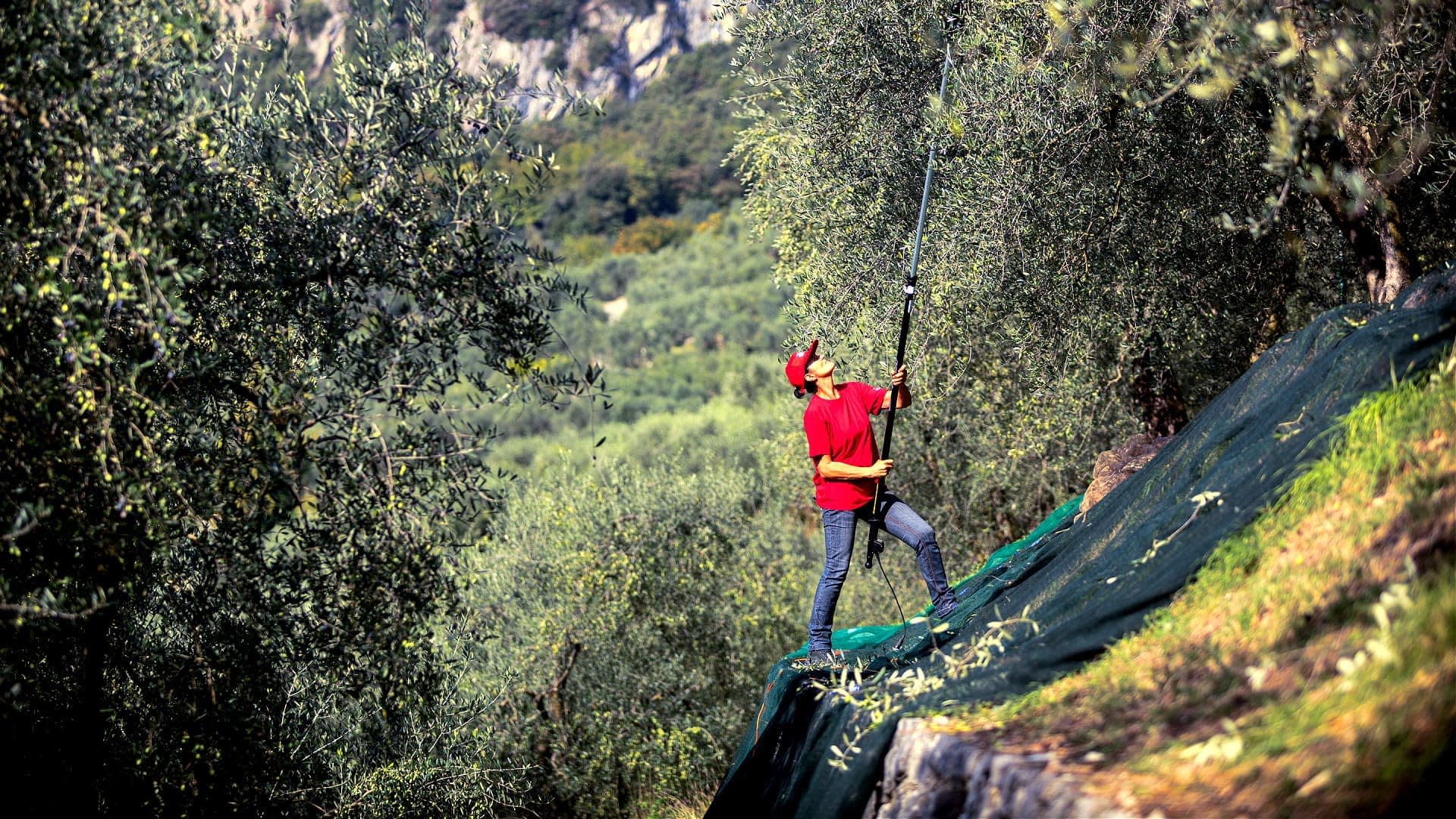
Oil yields in parts of northern Italy were 50 percent below average due to unusual climatic swings from the summer to the autumn. (Photo: Agraria Riva del Garda)
In central Italy, production volumes are reportedly satisfying, but lower conversion yields are puzzling growers, as large, healthy olives retain a lot of water. Once pressed, oil yields are lower than anticipated.
Producers in this region attribute this to the abundant and prolonged rains in early autumn after a hot, dry summer.
“Our early harvest usually results in lower yields, but this year, we’re down to half the usual,” said Marco Prosseda of DueNoveSei, a company in Moricone in the heart of Lazio’s Roman Sabina.
“After a favorable summer, persistent rains arrived in September and October, causing the olives to swell with water,” he added. “Ironically, despite an abundance of fruit, 30 percent more than last year, we’re producing nearly as much oil as last year but with significantly more olives.”
Midway through the harvest, clear trends have emerged, according to Prosseda.
“First, the groves are laden with beautiful, healthy olives; second, we’re producing high-quality products with great organoleptic and nutraceutical profiles; third, from 100 kilograms of fruit, we’re extracting just nine liters of oil, a nine percent yield, when we usually reach around 15 percent.”
A similar situation can be observed in Montelibretti, another Roman Sabina town where Antonio Mancini co-manages the Marcoaldi Roberta farm.
“The harvest is progressing well, with many healthy olives on the trees,” Mancini said. “We expect one of our best-quality harvests in recent years.”
“However, heavy rains ten days ago hit the olives at their peak, causing them to swell,” he added. “After months of drought, their volumes doubled in just 12 to 24 hours, and their weight increased due to water absorption.”
Further north in the region of Tuscia, Pietro Re, founder of Tamìa, cultivates several olive varieties that yielded a plentiful harvest and optimal quality, though with lower yields.
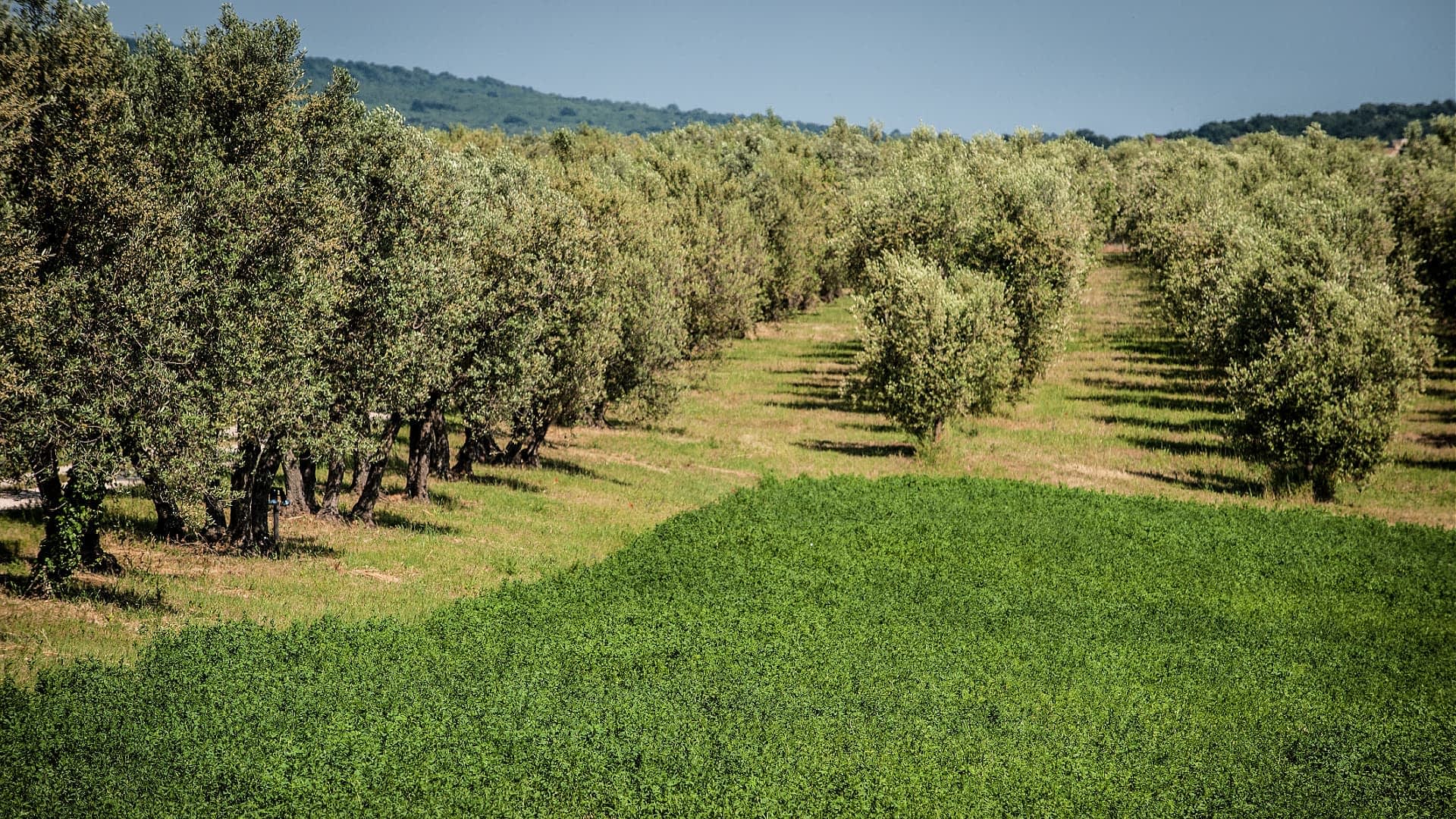
Pietro Re said the olive harvest was bountiful in Lazio, but the oil yields were below average. (Photo: Tamìa)
“Every olive oil season has its own story, with new challenges each year, and this one is no exception,” Re said.
In Tuscany, Simone Botti of Le Fontacce in the Arezzo area attributes the low yields to drought.
“We began harvesting Leccino, an early variety, on October 16th, obtaining a six percent yield,” he said. “Now, as we work on a blend of Moraiolo, Leccino and Frantoio, we’re achieving yields of 8.5 to nine percent, compared to our previous average of 13 percent.”
According to Botti, the frequent and severe summer droughts have affected yields. He believes the dry summer months affected fruit development, resulting in a disproportionate ratio of pit to pulp, with more pit and less pulp.
“Due to the dry summer, oil accumulation didn’t occur at the right time,” he explained. “When the rains finally arrived, they were too late.”
Massimo Ragno, panel leader and purchasing manager at Monini, noted that lower-than-expected yields across central Italy were due to significant rainfall, followed by warm temperatures, which slowed the drying process and increased the water content in olives.
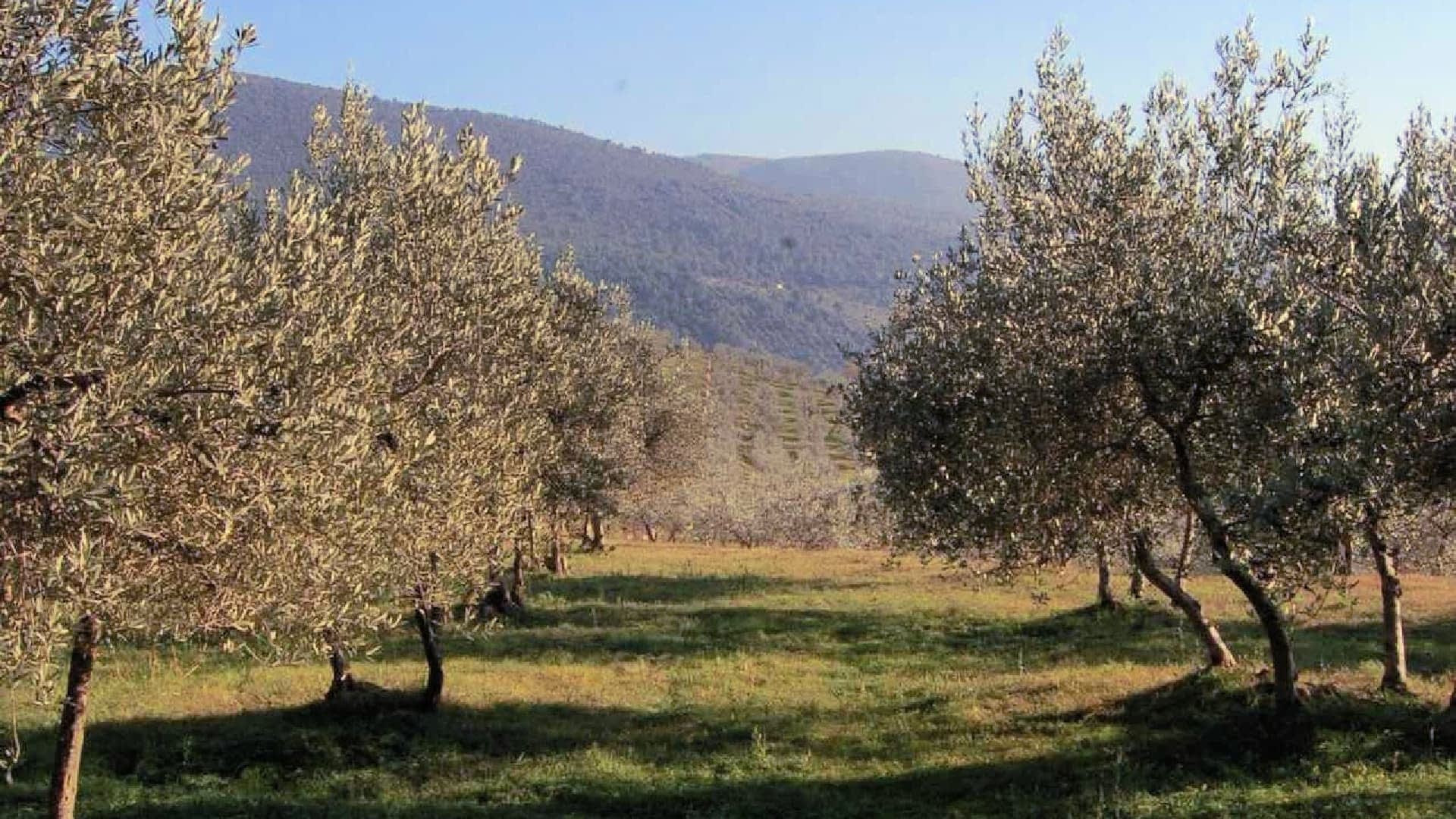
Monini expects lower yields across central Italy due to singificant rainfall followed by warm temperatures. (Photo: Monini)
“Olive quantities and quality were excellent this year, with no fruit fly,” added Alessandro Melchiorri, owner of Melchiorri Olio in Spoleto, Umbria. “However,rainfall at the end of October delayed the harvest and kept yields low, between eight and 11 percent. This will inevitably impact prices, and it won’t be easy to explain to customers.”
“Compared to last year, we’re seeing significantly more olives, but given the low yields, it’s still hard to predict the season’s overall outcome,” he said.
Ragno emphasized the impact of the intense rainfall both before and during the harvest.
“Olive oil forms between August and September. After that period, it’s mostly the water content that changes,” he said. “When it rains, olive trees can efficiently use the water, which leads to good yields.”
“However, if heavy rains come just before the harvest, as was the case in several areas, this process is disrupted, and the water ends up saturating the fruits,” Ragno added. “In some cases, yields were lower because the olives contained way more water than usual.”
“Central-northern production, particularly in Tuscany and Lazio, is still progressing well in terms of quality and quantity,” he noted.
Comforting news also came from the central-southern region of Molise.
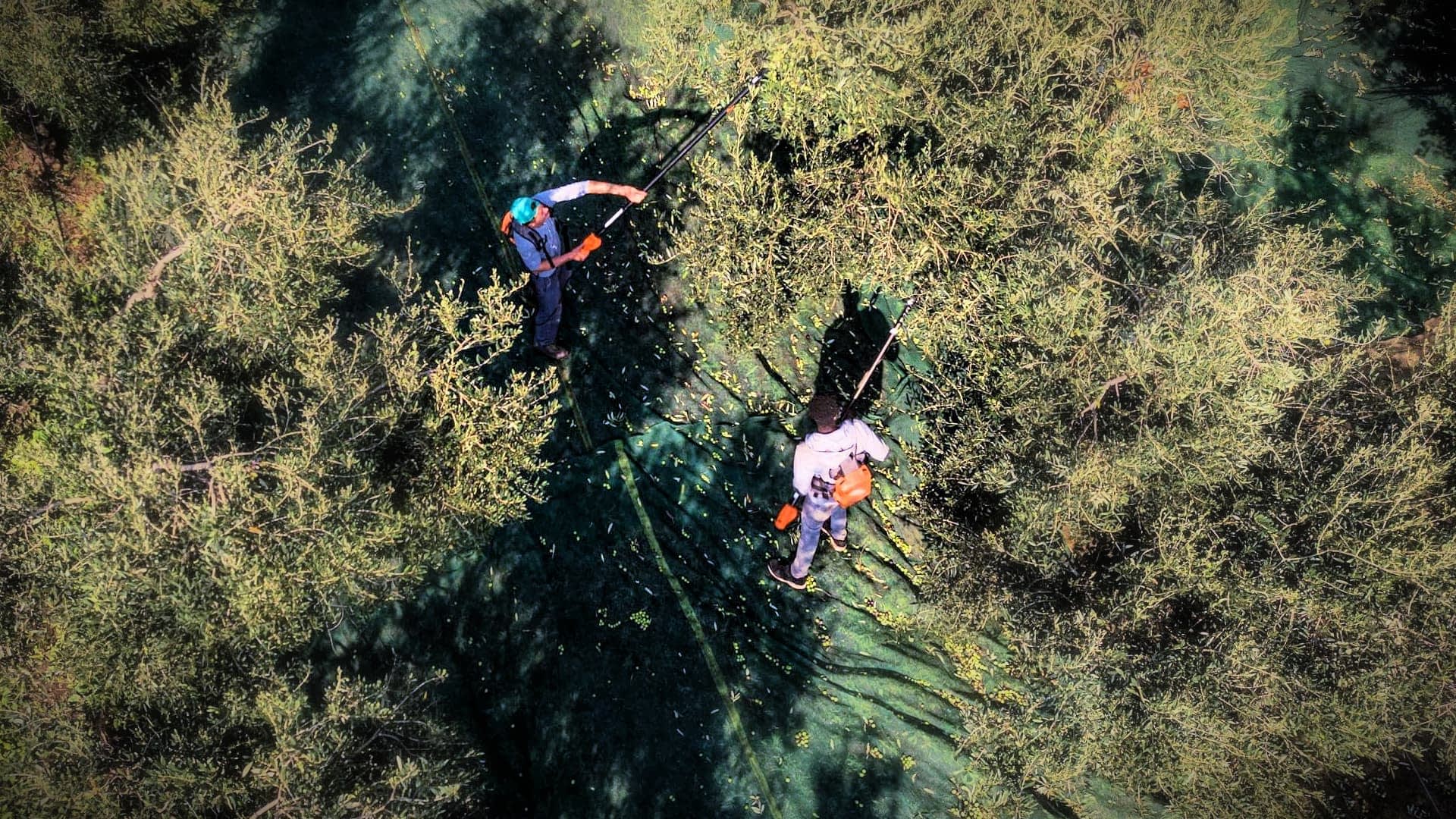
Marina Colonna blamed weather conditions to lower olive yields in the south-central region of Molise. (Photo: Marina Colonna)
“The harvest is progressing smoothly, even though volumes are slightly lower compared to the best seasons, largely due to weather conditions,” said Marina Colonna, owner of Colonna Farm.
“The yields are average, but the quality is excellent,” she said. “The olives have retained intense organoleptic characteristics, producing olive oil with a rich, complex aromatic profile. This year’s oils have more pronounced green notes and a persistent spiciness.”
In the southern regions, where most of the country’s olive oil is traditionally produced, growers faced challenges due to scorching and dry conditions throughout the season. Moreover, this year is an ‘off-year’ in the alternate bearing cycle of olive trees, resulting in less fruit.
On- and off-years
Olive trees have a natural cycle of alternating high and low production years, known as “on-years” and “off-years,” respectively. During an on-year, the olive trees bear a greater quantity of fruit, resulting in increased olive oil production. Conversely, an “off-year” is characterized by a reduced yield of olives due to the stress from the previous “on year.” Olive oil producers often monitor these cycles to anticipate and plan for variations in production.
In Puglia, the country’s most significant olive oil-producing region, conversion yields are between 12 and 16 percent. However, the reduced volume of fruit is affecting overall production levels.
“We estimate that Puglia will produce less than half of its usual output,” Ragno said. “The combination of the alternate bearing cycle and adverse conditions during flowering, along with a very dry season, has severely impacted production.”
Despite these challenges, some quality growers have managed to adapt.
“Thanks to intensive agronomic practices, we’ve achieved good results in terms of quality and quantity,” said Emmanuel Sanarica, owner of Sanarica Farm.
“The use of forecasting systems and environmental sensors has allowed us to maintain production levels consistent with previous years,” he added, underscoring technology’s crucial role in adapting to climate unpredictability.
“High temperatures throughout the phenological stages were a major challenge, even affecting the harvest, which we started 30 days earlier than usual, sacrificing yields,” Sanarica explained. “Nonetheless, we’ve managed to produce highly aromatic oils rich in polyphenols.”
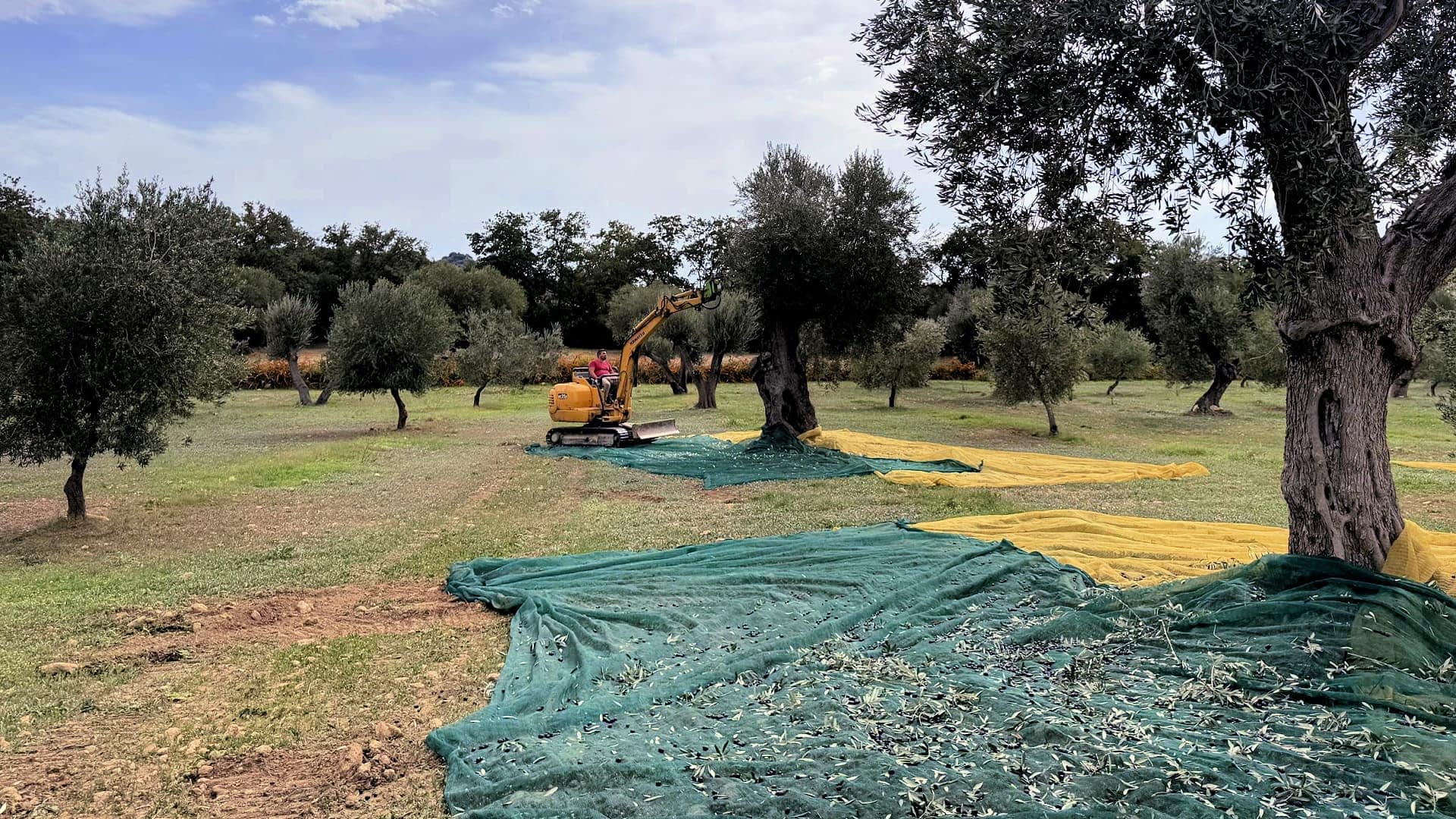
While oil yields hovered around the average in Puglia, the fruit yield was less than last year. (Photo: Sanarica Farm)
Growers encountered similar difficulties in the southern region of Calabria, Italy’s second-largest olive oil-producing area.
“In our region, we’re seeing a significant drop in olive volumes, down to about ten percent of what we expected. Fortunately, the quality remains optimal,” said Diego Fazio, the co-owner of Tre Olive.
The silver lining is that conversion yields are higher than last season. “This allows us to maintain a very high standard of quality for our extra virgin olive oil, even if quantities are limited,” Fazio added.
“Drought during the summer forced us to implement emergency irrigation, especially for younger trees,” added Maria Cristina Di Giovanni, owner at Podere d’Ippolito.
Most producers in the plains of Lamezia Terme reported decent yields, though the number of olives is significantly reduced.
“Some of our farms suffered considerable damage due to flooding and heavy rainfall at the end of October, which severely tested the resilience of our growers during the olive oil campaign,” Di Giovanni said.
“Our growers also had to manage overflowing streams and landslides that obstructed access routes,” she added. “We’re now wrapping up harvesting and processing operations to ensure that our customers continue to receive the highest quality extra virgin olive oil.”
Share this article
